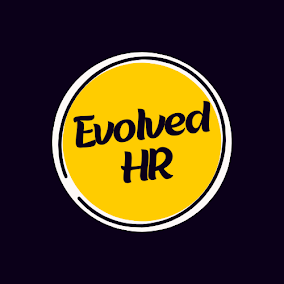On boarding Best Practices: Setting the Stage for Employee Success
A smooth onboarding experience is the cornerstone of a successful employee relationship. It's the first impression, the foundation for engagement, and a crucial factor in retention. But with so many moving parts, how do you ensure your onboarding process is truly effective? Here are some key best practices to consider:
 |
Advance your career: as an HR Business Partner: Click here!
Before Day One:
- Pre-boarding communication: Start building relationships early with a welcome email, essential paperwork completion, and access to company resources and channels.
- Set up their workspace: Prepare their desk, equipment, and logins, along with essential materials like the employee handbook and company swag.
- Team awareness: Inform the team about the new hire and encourage them to participate in the welcome process.
First Day and Week:
- Warm welcome: Create a personalized welcome experience with introductions, team lunches, and a clear agenda for the week.
- Logistics: Ensure smooth administrative processes like IT setup, badge issuance, and benefits enrollment.
- Cultural immersion: Provide training on company values, mission, and expectations, along with opportunities to interact with colleagues and understand the work environment.
- Meaningful work: Gradually introduce tasks and responsibilities, starting with manageable projects that showcase their skills and contribute to the team.
Ongoing Integration:
- Mentorship and buddy systems: Assign mentors or buddies to guide new hires, answer questions, and offer support.
- Regular check-ins: Schedule frequent meetings with managers and mentors to discuss progress, address concerns, and provide feedback.
- Goal setting and feedback: Set clear performance expectations, provide ongoing feedback, and create opportunities for growth and development.
- Social integration: Encourage participation in team-building activities, social events, and informal gatherings to foster connections and belonging.
Additional Tips:
- Personalization: Tailor the onboarding process to individual needs and roles, considering experience, learning styles, and cultural background.
- Technology: Utilize onboarding software or platforms to streamline tasks, track progress, and provide access to resources.
- Feedback and improvement: Regularly gather feedback from new hires and managers to identify areas for improvement and refine your onboarding process.
Remember, onboarding is a continuous process that extends beyond the first few days or weeks. By implementing these best practices, you can create a positive and engaging experience that sets new hires up for success and fosters long-term loyalty to your organization.
Bonus: Consider incorporating these additional elements:
- Remote onboarding best practices: Adapt the process for remote employees, using video calls, collaboration tools, and virtual team building activities.
- Celebrating milestones: Recognize and celebrate achievements throughout the onboarding journey, boosting morale and motivation.
- Continual learning and development: Provide access to training programs and resources to support ongoing growth and skill development.
By prioritizing a well-structured and engaging onboarding process, you're investing in your employees and your future. It's a win-win situation for everyone involved.





.jpg)

.png)
No comments:
Post a Comment